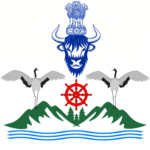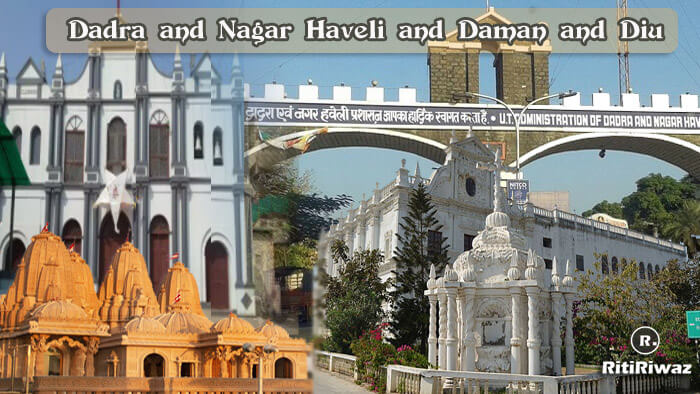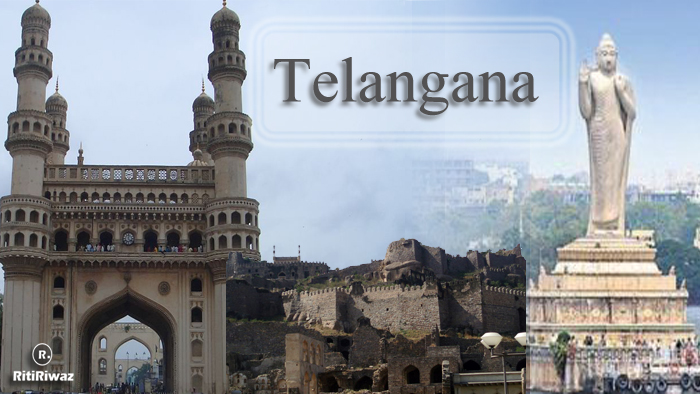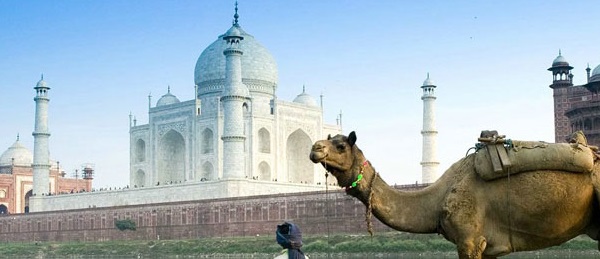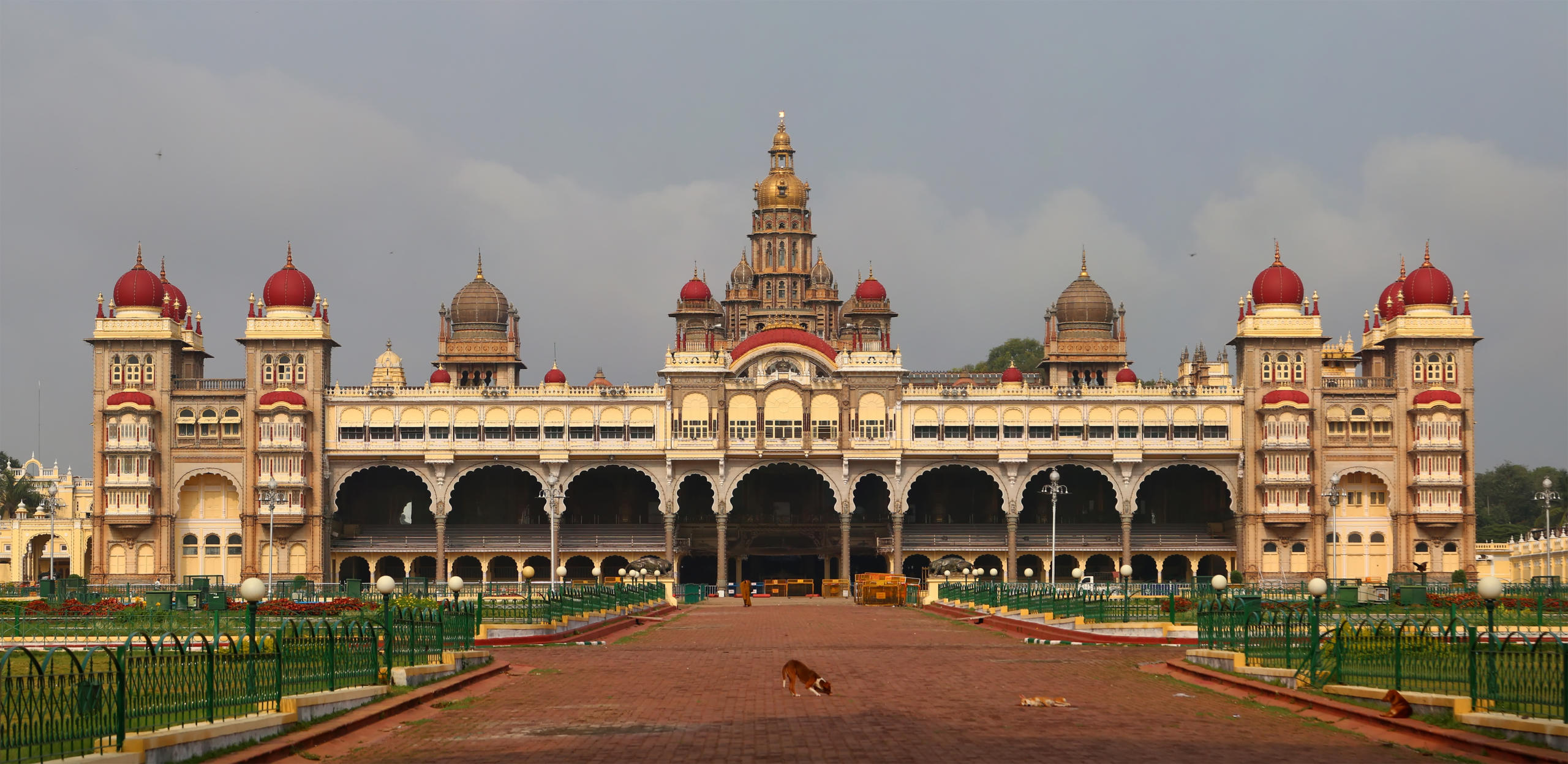Union Territory of Ladakh
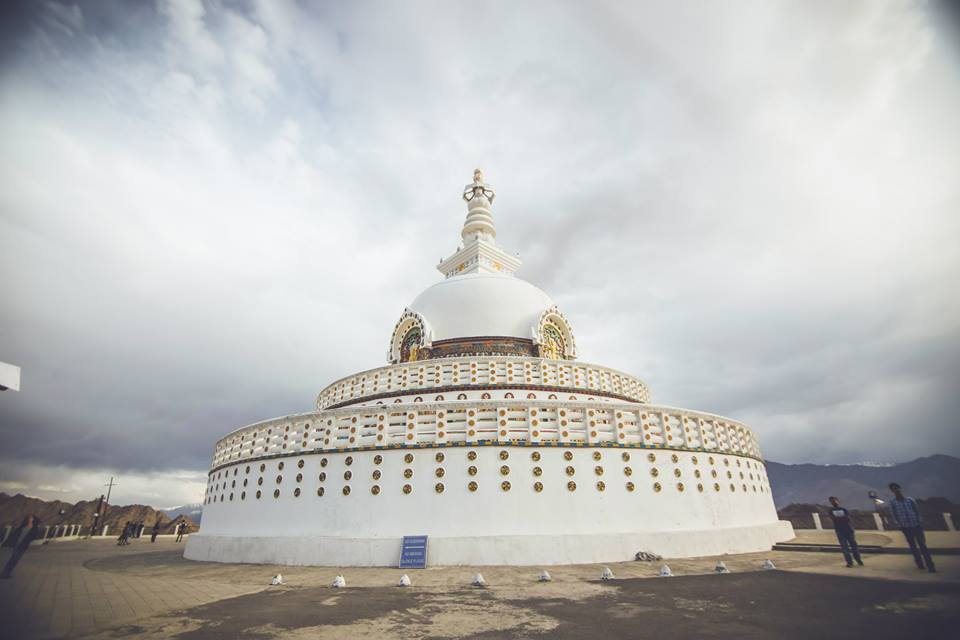
Ladakh (“land of high passes“) is the new union territory of India and Leh was its capital but now it’s Leh District. It extends from the Kunlun mountain range to the main Great Himalayas to the south. The largest town in Ladakh is Leh followed by Kargil. Ladakh is also described as “ Little Tibet” because it has a strong link both geographical and cultural to Tibet.
Ladakh was part of Jammu and Kashmir state and in 2019 under Jammu and Kashmir Reorganisation Act, the state was divided into two union territories ‘Jammu and Kashmir‘ and ‘Ladakh’. Although Kashmir and Ladakh have their own unique identities, they are glued together by a shared history.
Leh Ladakh is the most beautiful union territory of India and is one of the most beautiful tours of India. Ladakh now covers the area from the Siachen Glacier in the Karakoram Range to the main Great Himalayas in the south. The word Ladakh means land of high mountain passes or owner of high passes.
Ladakh is divided into two parts, which include Leh district and Kargil district. Ladakh has always been a favorite place for tourists. Its thrilling passes, beautiful monasteries, sky-touching mountains, and serene lakes are the major attraction of the region.
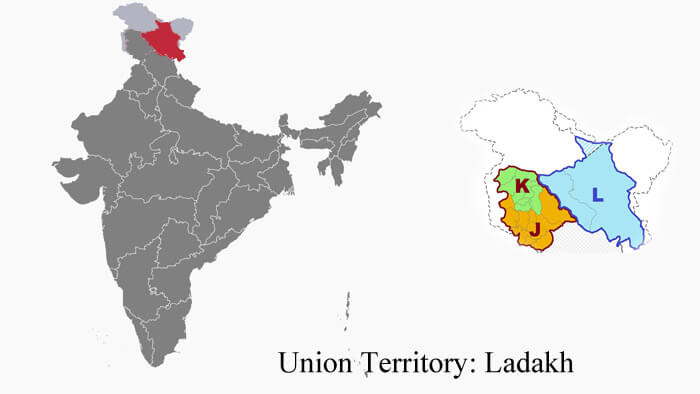
Fast Facts :
-
Area: 59,146 km2
-
Population: 274,289 (2011)
-
Highest elevation: 7,742 m
-
Languages: Hindi, English, Ladakhi, and Purgi
-
Best time to Visit: Mid June to October (No snowing time)
-
STD Code: 01982
-
Major Cities: Shey, Leh, Basgo, and Tingmosgang
-
State Emblem: National Emblem of India with two black-necked crane and a yak

Tourist Attractions in Leh and Ladakh
Leh Palace –
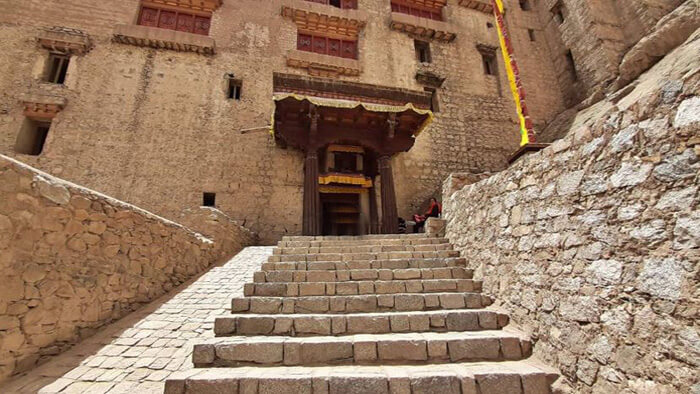
Leh Palace is a former royal palace overlooking the Ladakhi Himalayan town of Leh. Modeled on the Potala Palace in Lhasa, Tibet, the palace was built by King Sengge Namgyal in the 17th century. It is nine-story high; the upper floors accommodated the royal family, while the lower floors held stables and storerooms.
Namgyal Tsemo Gompa –
Namgyal Tsemo Monastery or Namgyal Tsemo Gompa is a Buddhist monastery in Leh district, Ladakh, northern India.
Shanti Stupa –
Shanti Stupa is a Buddhist white-domed stupa (chorten) on a hilltop in Chanspa, Leh district, Ladakh. This peace pillar was built as a ‘peace sect’ of Japanese Buddhist organization to celebrate the completion of 2500 years of Buddhism and for the promotion of world peace.
Chamba Temple –
Buddhists have constructed several temples for Maitreya. This white Chamba Temple was built by King Tragspa Bumde in the 15th Century.
Jama Masjid –
Located in the heart of Leh town is the Jama Masjid, which is one of the major historical mosques in Ladakh. This mosque is considered to be the biggest mosque in the Ladakh region.
Gurdwara Pathar Sahib –
Gurdwara Pathar Sahib, is a beautiful Gurudwara Sahib constructed in the memory of Guru Nanak, about 25 miles away from Leh, on the Leh-Kargil road, 12000 ft above sea level. The Gurdwara was built in 1517 to commemorate the visit to the Ladakh region of Guru Nanak Dev, the founder Guru of the Sikh faith.
Sankar village & gompa –
This Gompa belonging to the reformist Gelukpa sect is a pleasant 2 km walk north of Leh. It is a subordinate monastery of Spituk and is the residence of the Kushak Bakula, the erstwhile abbot of the Spituk Monastery.
Hall of Fame / War Museum –
The Hall of Fame, located near Leh Airfield, is a museum constructed as well as maintained by the Indian Army in the memory of the soldiers who had lost their lives during the Indo-Pak wars.
The Victory Tower –
A couple of hundred feet above the Leh Palace, on the peak of the Namgyal Hill, stands the Victory Tower of Leh overlooking the Leh City. The tower was built to commemorate Ladakh s victory over the Balti Kashmir armies in the early 16th century.
Zorawar Fort –
Above the Leh Palace and the Namgyal Tsemo Gompa stands the imposing Zorawar Fort overlooking the valley of Leh and the snow-capped mountains beyond. The Zorawar Fort also known as the Riasi Fort and the Leh Fort was named after Zorawar Singh the first Maharaja of the Sikh Empire.
Ladakh Marathon –
The Ladakh Marathon is a marathon held in Leh, a town in the Ladakh region in the Indian state of Jammu and Kashmir. It claims to be the highest marathon in the world.
Treks in Ladakh
Spituk to Stok:
Altitude: 6000 m
Duration: 11 days
Best Season: Mid July to Mid September
Difficulty Level: Difficult
It is one of the most fantastic trekking routes in the whole Ladakh valley. The hike from Spituk to Zinchen (usually the first halt) could take around 4-5 hours, going through dry, barren land to greener areas of Zingchen valley.
Markha Valley:
Altitude: 4900 m
Duration: 10 Days
Best Season: Mid-June to mid-October.
Difficulty Level: Moderate
One of the popular treks in Leh, Markha Valley trek, takes about 8 days and will take you through varying landscapes and give you an opportunity of mingling with the locals as well.
Parang La:
Altitude: 5580 m
Duration: 8 Days
Best Season: September to October
Difficulty Level: Moderate to Challenging
The Parang La Pass Trek that passes through the scenic valleys of Ladakh, is one of the most popular trekking trails in the Ladakh-Spiti valley. Offering astounding views of the towering mountains and the snow-clad peaks.
Kang Yatse:
Altitude: 6200 m
Duration: 13 days
Best Season: July to September
Difficulty Level: Difficult
Kang Yatse is one of the most stunning peaks in Ladakh and at 20,000 feet it’s an adventurous and demanding trek taking 12-13 days to complete.
Chadar Trek – The Frozen River Trek:
Altitude: 3850 m
Duration: 10-21 days
Best Season: Mid Jan to End Feb
Difficulty Level: Difficult
In February, you can attempt the demanding Chadar ice-trek. Much of its route is next to the frozen Zanskar River, crossing side tributaries on shaky snow bridges and camping in rock caves en-route.
Other routes:
Leh and Ladakh have a plethora of options for trekking. Besides the popular routes mentioned above, you can also explore Lamayuru to Darcha trek, Rumtse to Tso Moriri through Yalang Yugula pass (5440 meters), Saboo to Khaltsar via Digar La Pass (5300 meters), Spituk to Stok route, and Hemis to Zangla trek through Martsalang and Zengchan villages.
Mountain Passes in Leh Ladakh:
Besides the three mountain passes en-route Srinagar-Leh National Highway (NH 1D), namely Zoji La, Namki La, and Fotu La, and the Baralacha La Pass on the Leh-Manali Highway, there are few other major Himalayan mountain passes in and around Leh Ladakh region. These passes are of great historical importance in terms of the trade market as they used to serve as the gateways between India and other neighboring countries for importing and exporting essential goods. Currently, these passes are the strategic military bases to fight against cross-border terrorism. They have also played a huge role in the growth of the tourism industry in the Leh-Ladakh region.
Khardung La:
The world’s highest motorable pass situated at an elevation of over 5600 meters, Khardung La is the doorway to Shyok and Nubra Valleys. It offers a spectacular hawk-eye view of the distant Nubra Valley. Khardung La is especially a paradise for bikers from all over the world. The experience of mountain biking to this secluded high altitude pass is a cherished memory for the adventurist.
Taglang La:
With an elevation of 5328 meters above the sea level, Taglang La pass is the second highest mountain pass in Ladakh after Khardung La. It is situated in the Zanskar range and is approachable from the Leh-Manali highway. You can catch breathtaking views of the Zanskar Valley from this scenic place.
Chang La:
The third highest motorable mountain pass in the world, Chang La Pass has an elevation of 5360 meters above sea level. Named after Sadhu Changla Baba, the pass has a temple dedicated to the monk. Chang La pass is rated as one of the must-visit places in Leh-Ladakh due to its barren landscapes decorated with snow-capped peaks and view of the undulating valleys underneath.
River Rafting in Leh Ladakh:
River rafting and kayaking in the Indus River which flows across Ladakh is a great experience for adventure enthusiasts. It offers five levels of ‘Rapids‘ – grade one to five, hence suitable for participants of all experience levels. Here are a few of the popular river rafting routes in Leh Ladakh.
1. Hemis Stakna Shey: Grade 1 rapids. Suitable for beginners.
2. Thiksey Choglamsar: Grade 1 and 2. Another beginner-friendly rafting experience.
3. Phey Nimo: Grade 2 and 3 rapids. A very scenic route through hamlets and monasteries.
4. Alchi Khaltsey: Grade 3 rapids. For the amateur and adventurous folks.
5. Saspol Khaltsey: Grade 4 & 5 rapids. Strictly for adventure seekers and professionals.
Getting There
By Air: Planes fly year-round and are the only option in the winter. Air India, Jet Airways, and GoAir have daily flights from Delhi. Air India Flights are also available from Srinagar and Jammu. Be aware of the restriction at Leh and Ladakh for luggage weight limits it is more restrictive than elsewhere in India.
By Rail: The closest train stations are Pathankot or Chandigarh, both at least three days away by bus. A new station added recently is Udhampur which is linked by rail to Jammu.
By Road: There two roads into Leh, one from Manali in Himachal Pradesh in the south, and one from Srinagar in the west. You can go there by State buses or privately operated deluxe buses.
You can hire a cab or jeep The fastest way to get to Leh from Manali is by ‘jeep’. Shared jeeps do the trip in one long day (of about 20-24 hours) as opposed to two short ones on the bus.
The road from Manali to Leh is often known as a Biker’s Paradise so you can hire bikes (motorcycles) available at Manali. You can check Bike rentals in Manali there are a lot of options available for the same. Every biker dreams of making a trip to Leh once a lifetime.
Suggested Read: Formation Dates of Indian States

